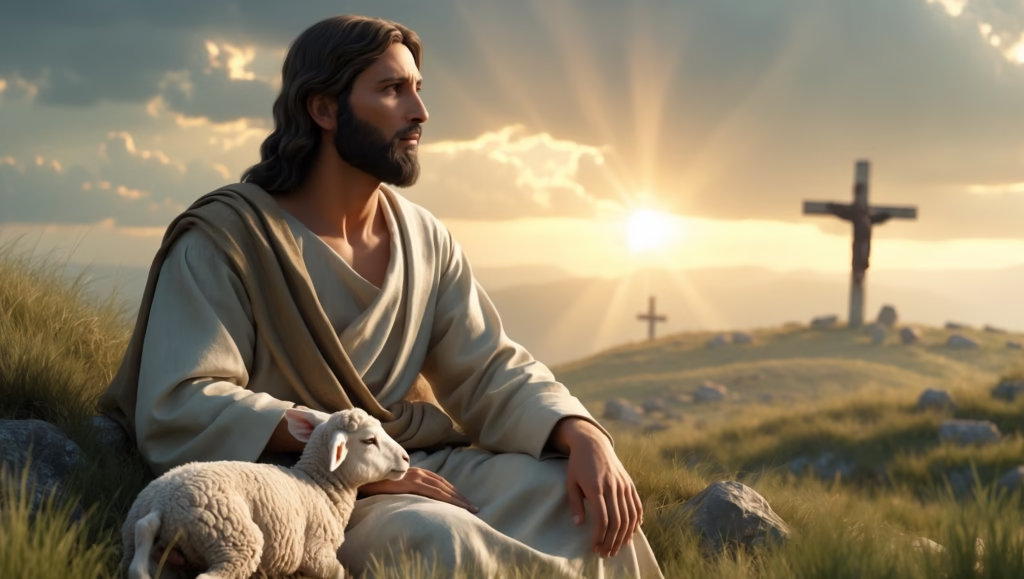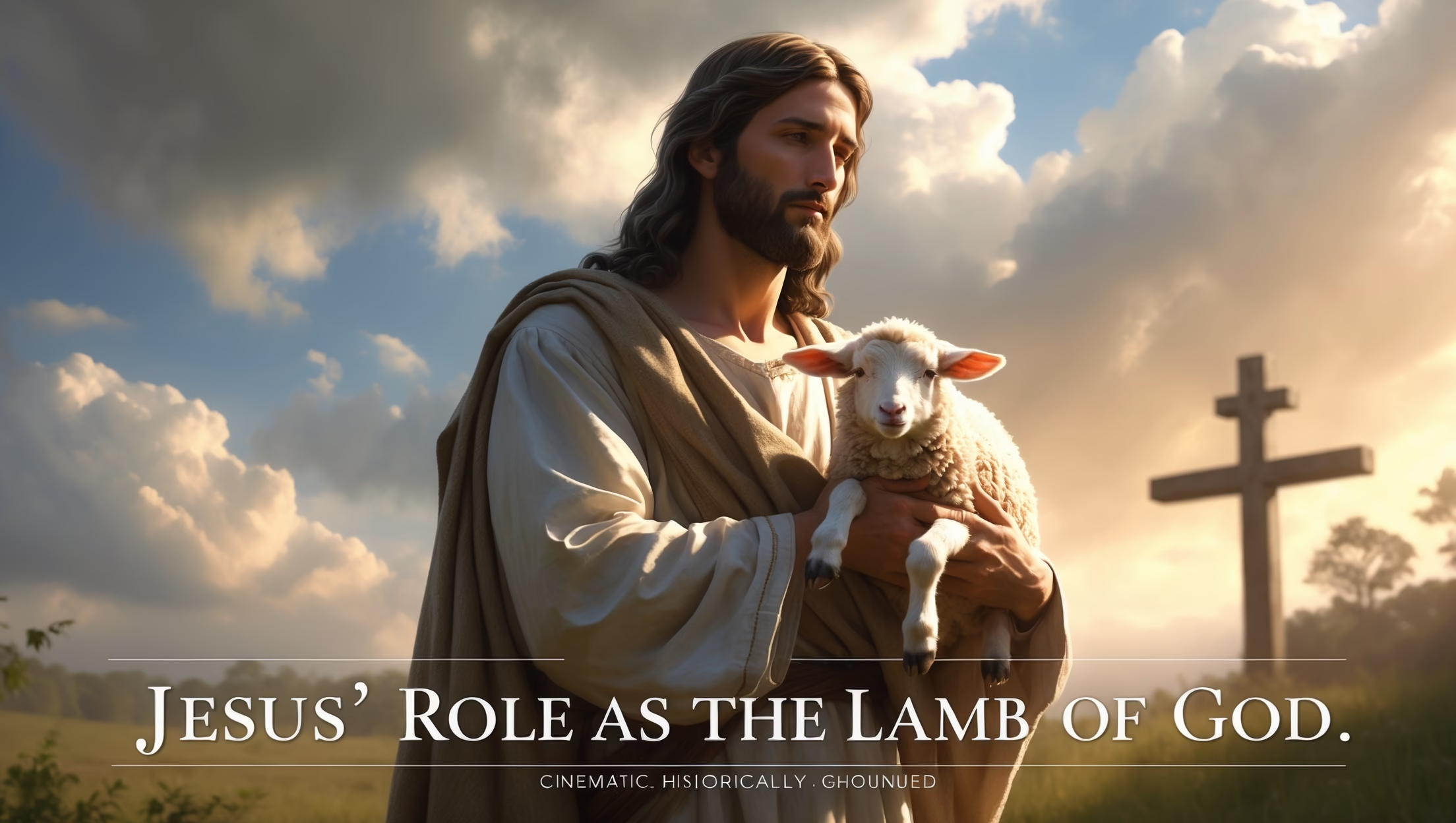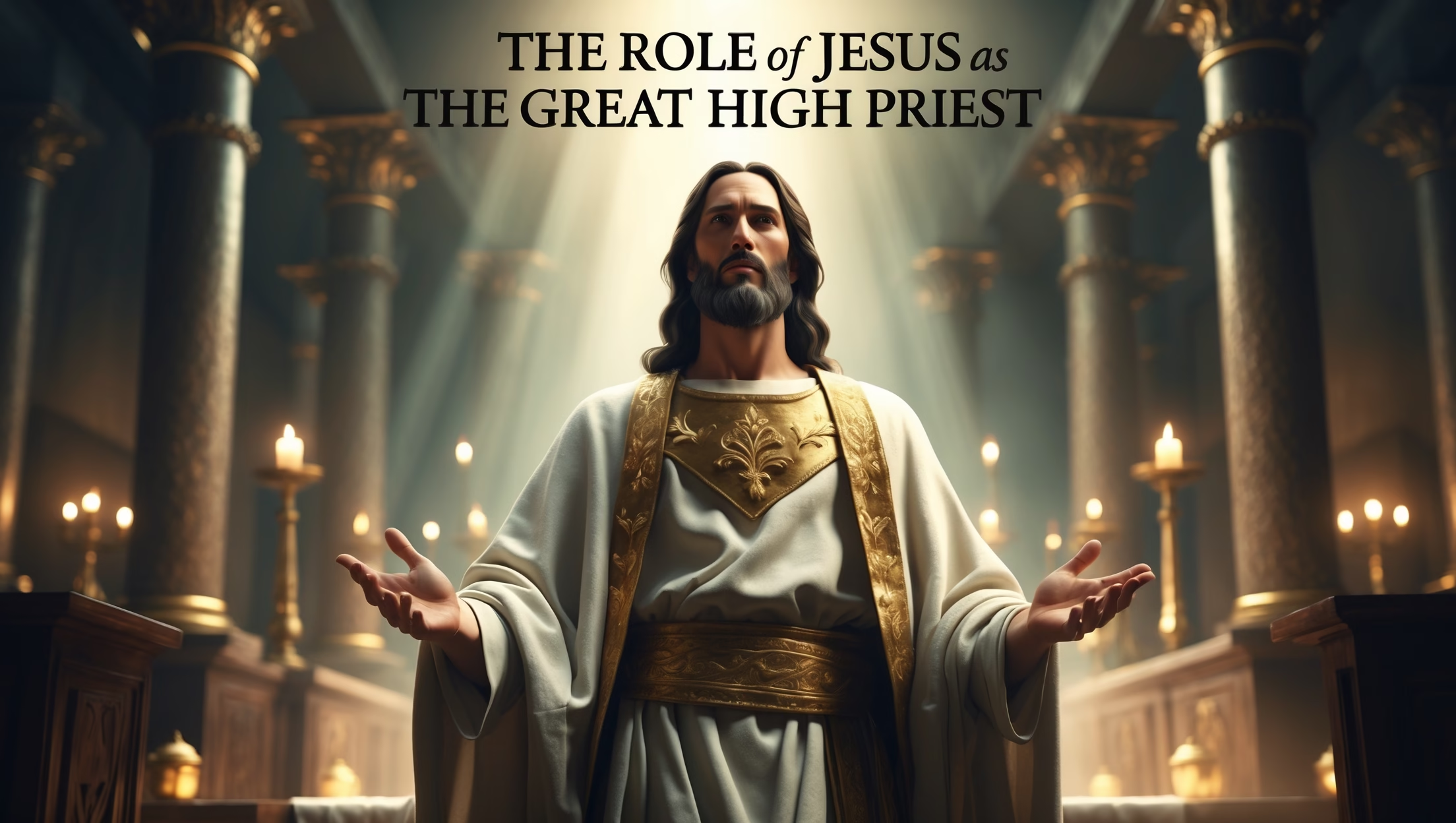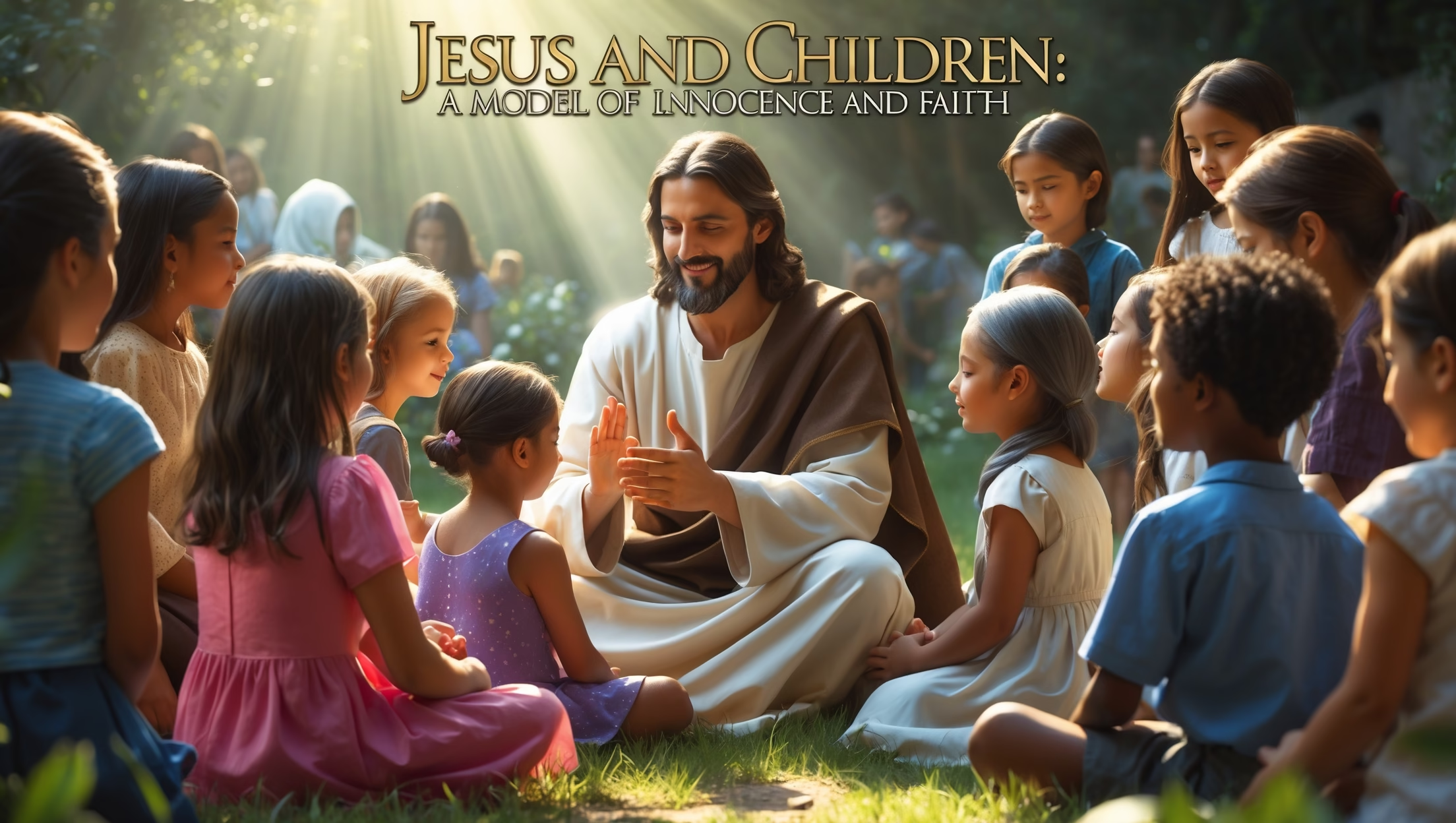Introduction
When John the Baptist declared, “Behold, the Lamb of God who takes away the sin of the world,” he unveiled one of the deepest truths about Jesus’ mission. This declaration connects Jesus’ life and death to a divine plan of redemption that stretches from the Old Testament through the New. Jesus is the Lamb of God, the ultimate sacrifice who reconciles humanity to God. His mission was not simply to teach, heal, or preach; it was to offer Himself as a perfect, unblemished offering for the sins of the world, bridging the gap between a holy God and fallen humanity. Understanding Jesus as the Lamb of God illuminates His identity, purpose, and the profound love of God expressed in His sacrificial death.

Lamb Imagery in Scripture
The imagery of the lamb is deeply rooted in the Old Testament and would have resonated powerfully with the Jewish audience. In Exodus, the Passover lamb was central to God’s deliverance of Israel from slavery in Egypt. Families were instructed to select a perfect lamb, without blemish, and sacrifice it. Its blood, applied to the doorposts, spared the household from death. This act of obedience became an enduring symbol of salvation and divine protection.
Throughout the Law, lambs were repeatedly used in sacrificial rites at the temple. They were offered for atonement, purification, and restoration of fellowship with God. The lamb represented innocence, obedience, and the costliness of sin. Every child in Israel would have grown up understanding that the lamb’s life was given to secure the people’s reconciliation with God. When John the Baptist identified Jesus as the Lamb of God, he connected Him to centuries of sacrificial tradition, signaling that Jesus’ life and death were the culmination of these symbols.
Jesus as the Passover Lamb
The timing of Jesus’ crucifixion further reinforces His role as the Passover Lamb. He was crucified during the Passover festival, linking His sacrifice directly to the event that commemorated Israel’s deliverance from slavery. Just as the blood of the lamb in Egypt spared God’s people from death, the blood of Jesus spares humanity from sin and eternal separation from God. His death fulfills the typology of the Passover lamb, demonstrating that the Old Testament pointed forward to a single, ultimate sacrifice.
In this light, the Lord’s Supper, instituted by Jesus at the Passover meal, takes on profound significance. The bread and wine are not merely symbols; they point to the body broken and the blood shed by the Lamb of God. Participating in the Eucharist or Communion allows believers to remember, celebrate, and enter into the reality of Jesus’ sacrificial death. This understanding deepens the meaning of the ritual and connects modern believers with the ancient narrative of salvation.
Jesus as the Suffering Servant
Isaiah 53 presents the Messiah as a suffering servant, “like a lamb led to the slaughter.” This prophecy foretells a figure who would bear the weight of human sin and endure suffering not for His own wrongs, but for the redemption of others. Jesus perfectly embodies this description. His crucifixion was not a result of wrongdoing, rebellion, or failure, but of love and obedience. He bore the punishment deserved by humanity, offering Himself as a substitutionary sacrifice.
Jesus’ willingness to suffer demonstrates both His divine love and His solidarity with humanity. He experienced physical pain, emotional anguish, and spiritual separation so that humanity could be reconciled with God. The suffering servant motif shows that the Lamb of God is not a distant or indifferent deity but one who enters fully into the human condition to redeem it. This highlights the depth of His sacrifice, revealing that salvation comes at a personal cost to the Savior Himself.
The Lamb in Revelation
The book of Revelation portrays Jesus as the victorious Lamb who reigns eternally. He is the Lamb who was slain yet lives, who triumphed over sin, death, and the powers of darkness. Revelation emphasizes that His sacrifice is not only sufficient but eternally effective. The Lamb is central to heavenly worship, receiving praise from angels, elders, and all creation.
This depiction reinforces the dual nature of Jesus’ role as both suffering and victorious Lamb. While His crucifixion shows humility, obedience, and self-sacrifice, His resurrection and exaltation demonstrate divine power, vindication, and the fulfillment of God’s plan. The Lamb of God is both the sacrificial offering and the reigning King, uniting salvation and sovereignty in one person.
What It Means for Us
Understanding Jesus as the Lamb of God has profound implications for believers. Salvation is not earned by human effort or merit; it is given freely through the sacrifice of Jesus. His blood secures forgiveness, reconciliation, and eternal life. Believers are invited to live in the freedom and victory provided by the Lamb of God, trusting that His death has dealt decisively with sin and its consequences.
Furthermore, the Lamb of God calls for a response of gratitude, obedience, and worship. Recognizing the cost of salvation should inspire humility, devotion, and love. The sacrificial nature of Jesus’ mission serves as a model for living a life of service and selflessness. Just as the Lamb gave Himself for others, Christians are called to embody love, mercy, and reconciliation in a broken world.
Conclusion
The role of Jesus as the Lamb of God is central to understanding His mission, identity, and the magnitude of God’s love. From the Passover imagery of Exodus to the suffering servant prophecy of Isaiah, and the victorious Lamb in Revelation, Jesus fulfills the ultimate purpose of divine sacrifice. His blood redeems, His life exemplifies obedience, and His resurrection demonstrates victory.
The Lamb of God reminds us of the cost of sin, the depth of divine love, and the gift of salvation. Through Jesus, humanity is offered forgiveness, freedom, and new life. Reflecting on Jesus as the Lamb of God invites believers to enter into a relationship of trust, gratitude, and worship, recognizing that the ultimate sacrifice has been made for all who will believe.










